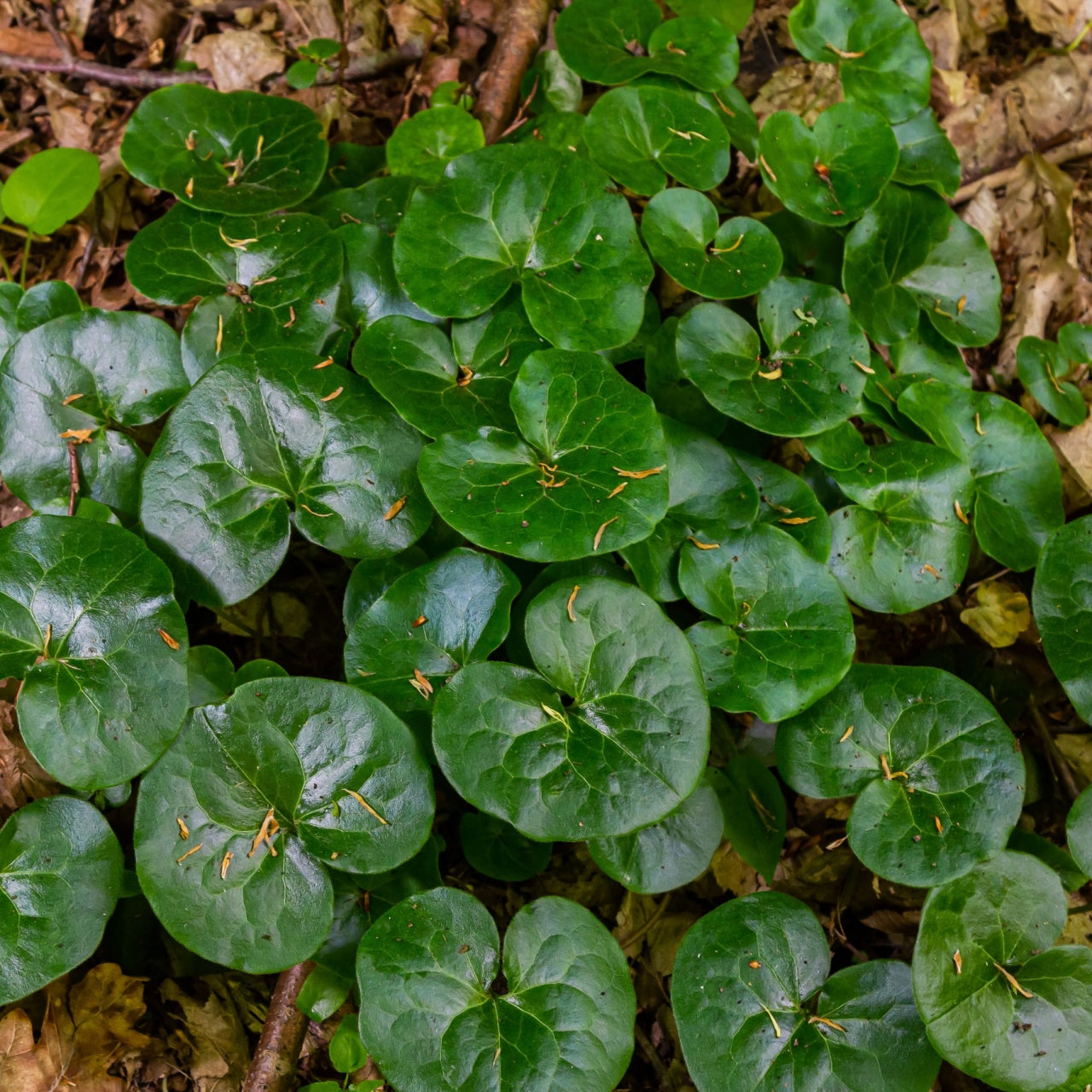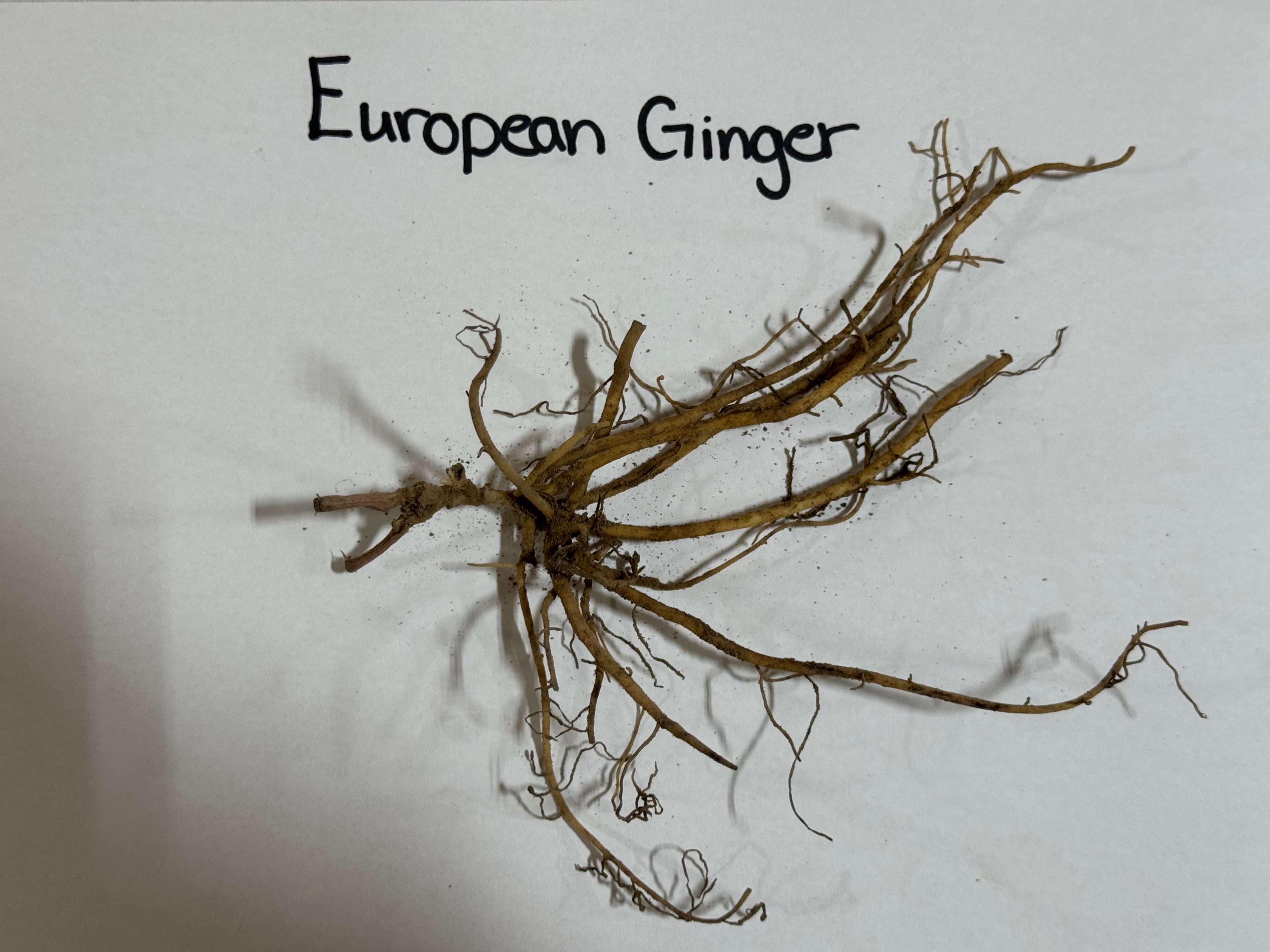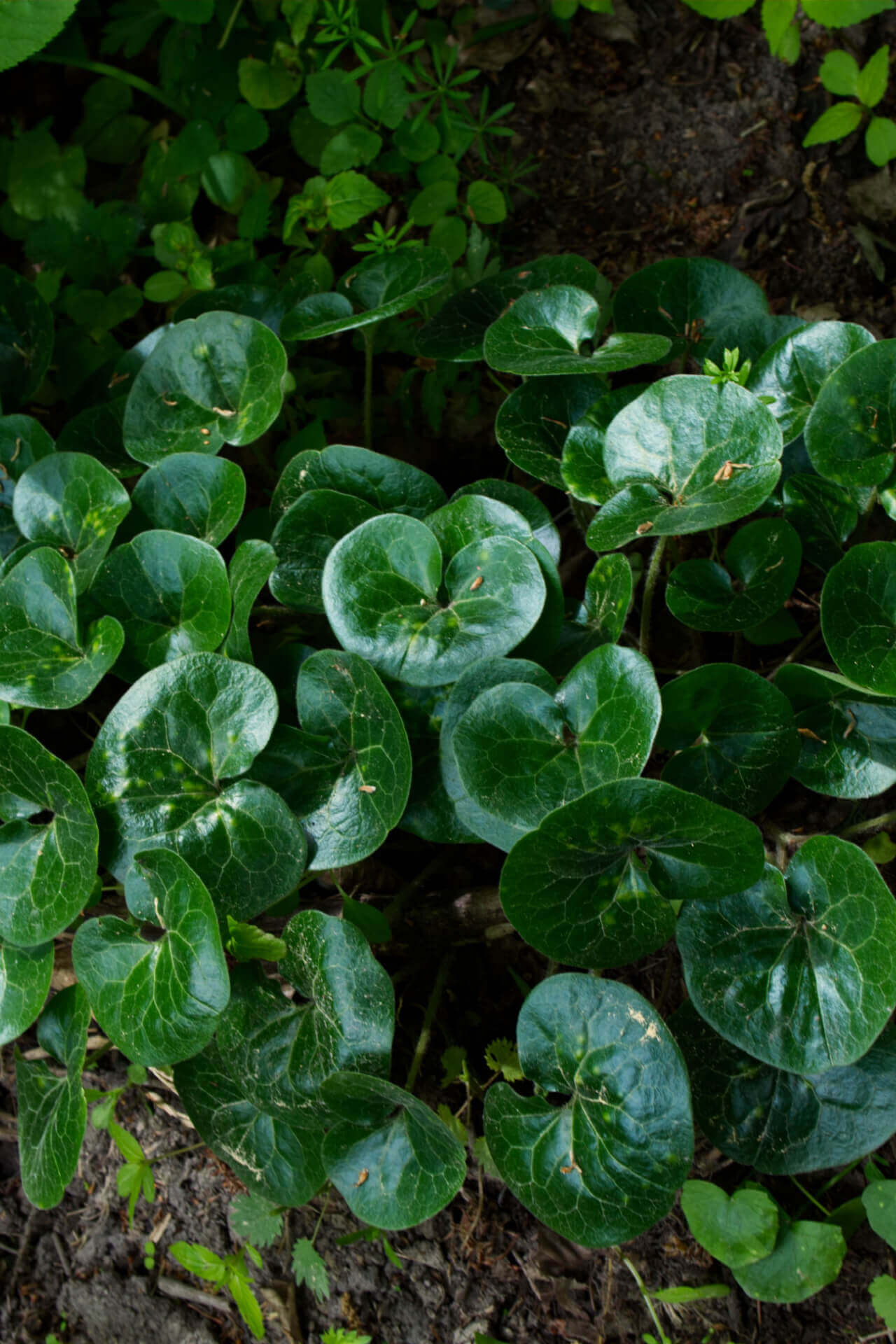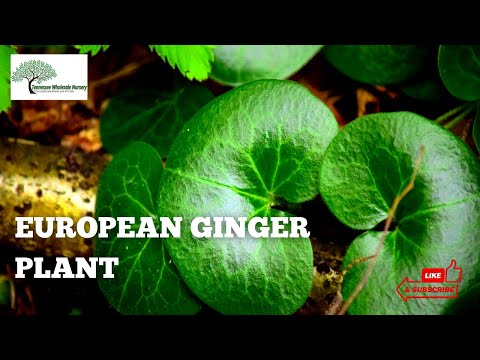European Ginger For Sale
European Ginger is a shade groundcover most often grown as a specimen perennial plant. This is credited to the plant’s awe-inspiring heart-shaped leaves, which shine, even in the shade, due to their glossy texture. It spreads slowly and methodically at a natural pace.
Its root system is rhizomatic, meaning it grows horizontally underneath the soil. It is facilitated by forming small shoots that provide nutrients to a larger storage structure. This slow-growing nature makes the plant highly easy to care for and self-sufficient.
Plant Details - European Ginger - Asarum Europaeum
Family: Aristolochiaceae
Light Requirement: Partial Shade - Full Shade
Water Needs: Moderate - Moist
Height: 4-6 in.
Spread: 12-18 in.
Growth Rate: Slow - Moderate
Bloom Time: Spring
Flower Color: Purple, Brown, Burgundy, Maroon
Wildlife Value: Shelter for small creatures, and it deters unwanted pests
This plant is an excellent addition to any shade garden. It grows best in well-drained soil with a constant moisture source, preferring loamy or sandy soils. Direct sun can harm the leaves, so plant this with plenty of reliable cover overhead.
Its shade preference makes it perfect for growing under trees, adding interest in an otherwise difficult spot. This plant prefers slightly acidic soil. Under proper conditions, it will produce hidden, deeply colored flowers under its leaves, providing a sense of magic.
Landscape Uses and Maintenance - European Ginger (Asarum Europaeum)
European Ginger is so unique and lovely that it is chosen as a groundcover to add interest. Its glossy leaves attract the eyes of anyone who wanders through the garden. The foliage wound tightly to the ground provides a safe structure for some critters, such as amphibians or small mammals, and provides a habitat for fragile creatures that can be difficult to come by in most landscapes.
This groundcover is also known for being deer and rabbit-resistant and for dissuading pests entirely due to a subtle scent detected by the animals. It is low maintenance, only needing to be checked once a week to ensure proper soil moisture.
Noteworthy Characteristics of European Ginger
European Ginger’s heart-shaped leaves are iconic for good reason. The neat mound this plant forms is easy on the eyes and delightful to find in any shade garden. When grown around trees or other large shade-giving structures, the shape of the leaves is reminiscent of lily pads in a pond. The veins of the foliage are bright and an additional burst of life.
Exposure
European Ginger (Asarum europaeum) thrives in low to medium light conditions. It prefers partial to full shade, making it ideal for woodland gardens or under the canopy of trees. Direct sunlight should be avoided to prevent leaf burn.
Height at Maturity
Under 12"
Usage
Groundcover
Shipped As
Bare-root
Ships
USPS
Planting Zones
4-8




